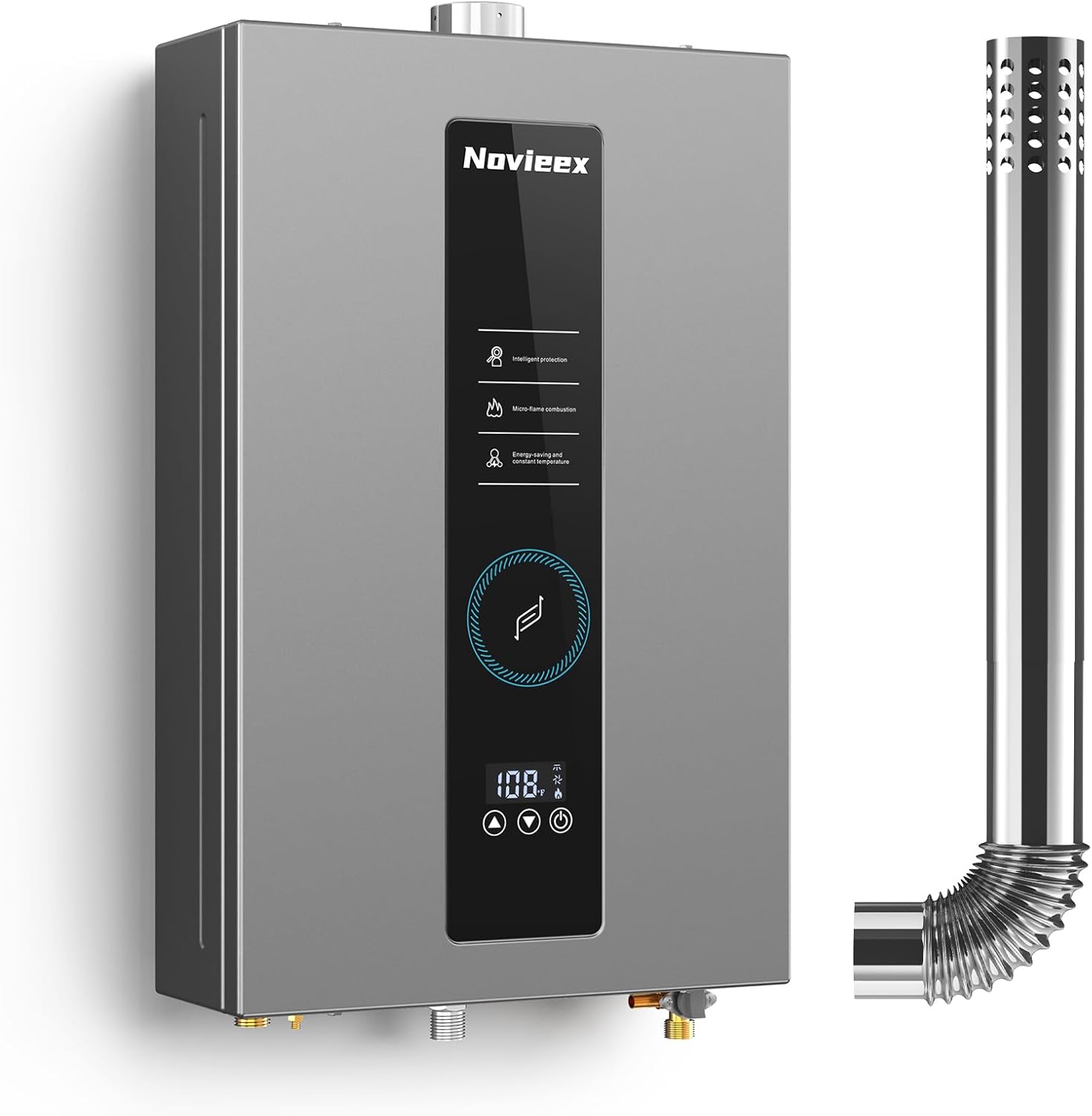To choose the right size of wood stove, calculate your room’s square footage and heating needs, considering insulation and climate for optimal efficiency.
Selecting the right wood stove size is crucial for efficient heating, safety, and comfort. An improperly sized stove can lead to wasted energy, excessive creosote buildup, or even dangerous overheating. This guide will help you find the ideal stove for your space.

Why Stove Size Matters
Choosing the correct wood stove size impacts three key areas:
- Efficiency: Properly sized stoves burn wood completely
- Safety: Reduces creosote buildup and overheating risks
- Comfort: Maintains consistent temperatures without constant tending
For alternative heating options, consider electric heaters that mimic wood stoves if you need supplemental heat.

Calculating Your Heating Needs
Basic BTU Calculation
Use this simple formula to estimate your BTU requirements:
| Climate Zone | BTU per Sq Ft | Example (1,000 sq ft) |
|---|---|---|
| Mild | 20-25 | 20,000-25,000 BTU |
| Moderate | 25-30 | 25,000-30,000 BTU |
| Cold | 30-40 | 30,000-40,000 BTU |
Advanced Considerations
Insulation Quality
Poor insulation increases BTU needs by 15-25%. Well-insulated homes can reduce requirements by 10-15%.
Room Layout
Open floor plans heat more efficiently than compartmentalized spaces. Add 10% BTU for each floor the heat needs to rise.
Window Efficiency
Single-pane windows lose 2-3 times more heat than double-pane. Factor this into your calculations.
Wood Stove Sizing Guide
Small Stoves (25,000-40,000 BTU)
Ideal for:
- Single rooms (400-800 sq ft)
- Seasonal cabins
- Zone heating in larger homes
Medium Stoves (40,000-60,000 BTU)
Best for:
- Small homes (800-1,500 sq ft)
- Energy-efficient newer construction
- Primary heat source in moderate climates
Large Stoves (60,000-80,000 BTU)
Recommended for:
- Large, open homes (1,500+ sq ft)
- Older, drafty houses
- Primary heat in cold climates
For outdoor heating needs, explore built-in gas heater options for patios or workshops.
EPA Certification & Efficiency
Modern EPA-certified stoves must meet strict emissions standards:
- Step 1: 4.5 g/h smoke limit (pre-2020 models)
- Step 2: 2.0 g/h current standard
- Cord wood test method: 2.5 g/h
According to the EPA, newer catalytic stoves can achieve emissions as low as 1-4 g/h when properly maintained.
Catalytic vs. Non-Catalytic Stoves
Catalytic Stoves
- Use ceramic honeycomb combustors
- Require more maintenance
- Provide longer, even heat output
- Catalyst lasts 2-6 years
Non-Catalytic Stoves
- Use baffle systems for combustion
- Easier to operate
- More common on the market
- Baffles need periodic replacement
The U.S. Department of Energy recommends considering your willingness to perform maintenance when choosing between these technologies.
Installation Considerations
Clearance Requirements
Most stoves need 36″ clearance from combustible materials. Check your specific model’s requirements.
Chimney Height
Minimum 3 feet above roof penetration and 2 feet higher than anything within 10 feet.
Floor Protection
Non-combustible hearth extending 18″ in front and 8″ on sides minimum.
Maintenance Tips
- Clean chimney annually
- Inspect gaskets and seals yearly
- Replace catalytic combustors as needed
- Remove ashes regularly
- Check baffles in non-catalytic models
Proper sizing combined with regular maintenance ensures your wood stove operates safely and efficiently for years to come.

